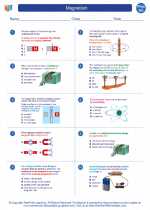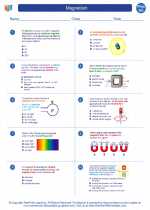Pressure Gradient
Pressure gradient is a concept in physics that describes the rate of change of pressure with respect to distance in a fluid. It is a fundamental concept in fluid dynamics and is used to understand the flow of fluids, such as air and water, in various systems.
Understanding Pressure Gradient
In a fluid, pressure is the force exerted by the fluid on its surroundings. Pressure gradient refers to the change in pressure over a certain distance. It is a measure of how quickly the pressure changes as you move from one point to another in the fluid.
The pressure gradient can be calculated using the formula:
Pressure Gradient = Change in Pressure / Distance
Where:
- Change in Pressure is the difference in pressure between two points in the fluid
- Distance is the distance between the two points
Applications of Pressure Gradient
Pressure gradient is an important concept in various fields, including meteorology, oceanography, and engineering. Some common applications of pressure gradient include:
- Fluid Flow: Understanding pressure gradients helps in predicting the flow of fluids through pipes, channels, and other systems.
- Weather Patterns: Pressure gradients play a key role in determining the direction and strength of winds, which in turn influence weather patterns.
- Cardiovascular System: In the human body, pressure gradients are important for the flow of blood through blood vessels and the functioning of the heart.
Study Guide
To understand pressure gradient thoroughly, it is important to study the following topics:
- Fluid Pressure: Understand the concept of pressure in fluids, including how it is measured and its effects on the behavior of fluids.
- Pressure Change: Learn how pressure changes with depth in a fluid, and how this relates to pressure gradients.
- Mathematical Formulation: Practice using the formula for calculating pressure gradient and solving problems related to fluid flow and pressure changes.
- Real-World Applications: Explore real-world examples of pressure gradients in action, such as in weather systems, ocean currents, and industrial processes.
By mastering these topics, you will gain a strong understanding of pressure gradient and its significance in various phenomena and systems.
Remember, understanding pressure gradient is essential for comprehending the behavior of fluids in both natural and engineered environments, and it serves as a foundation for more advanced studies in fluid dynamics and related fields.
.


